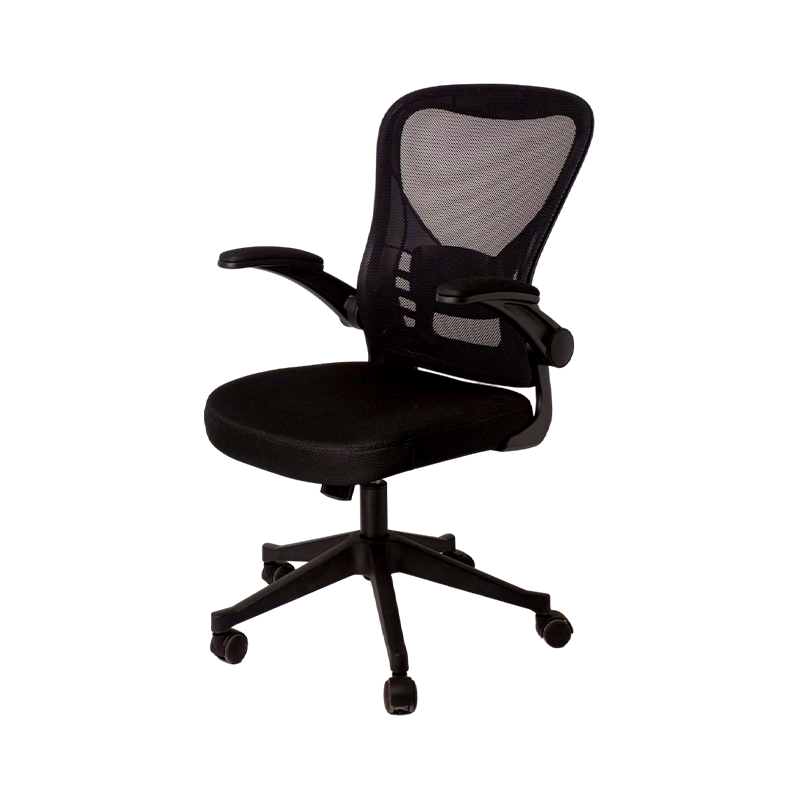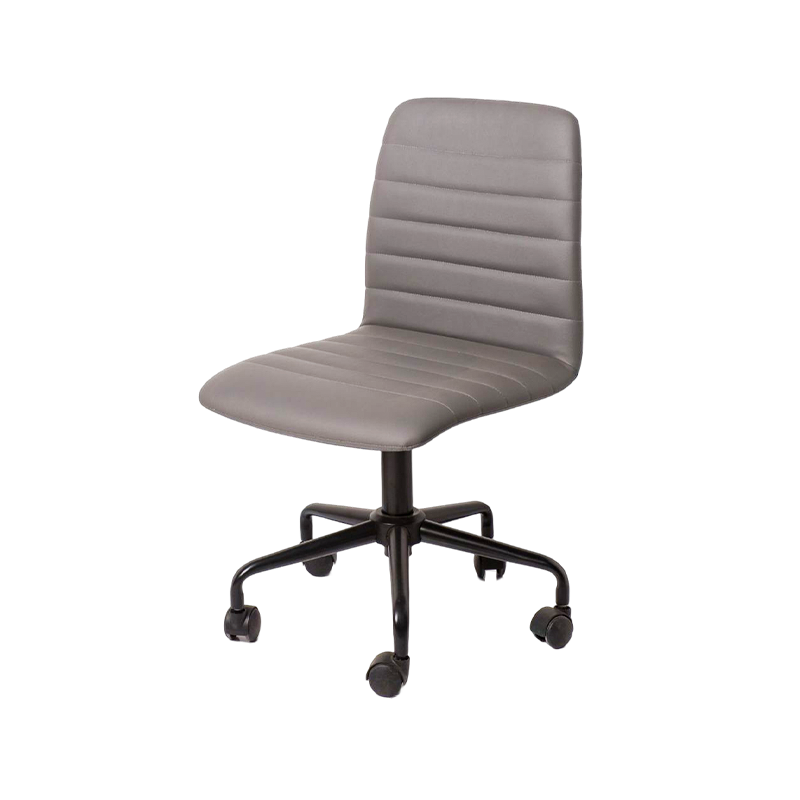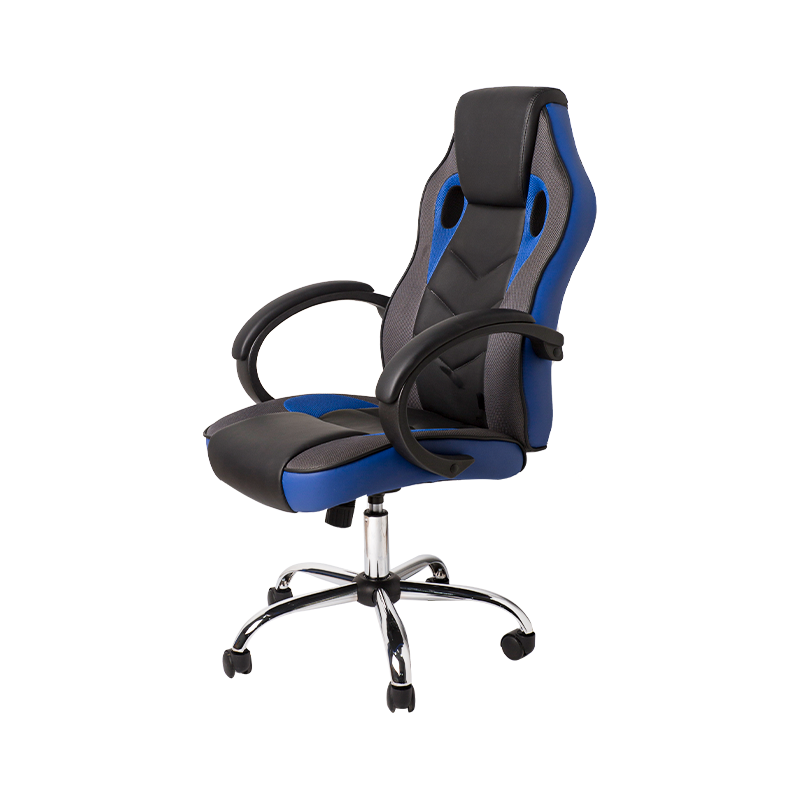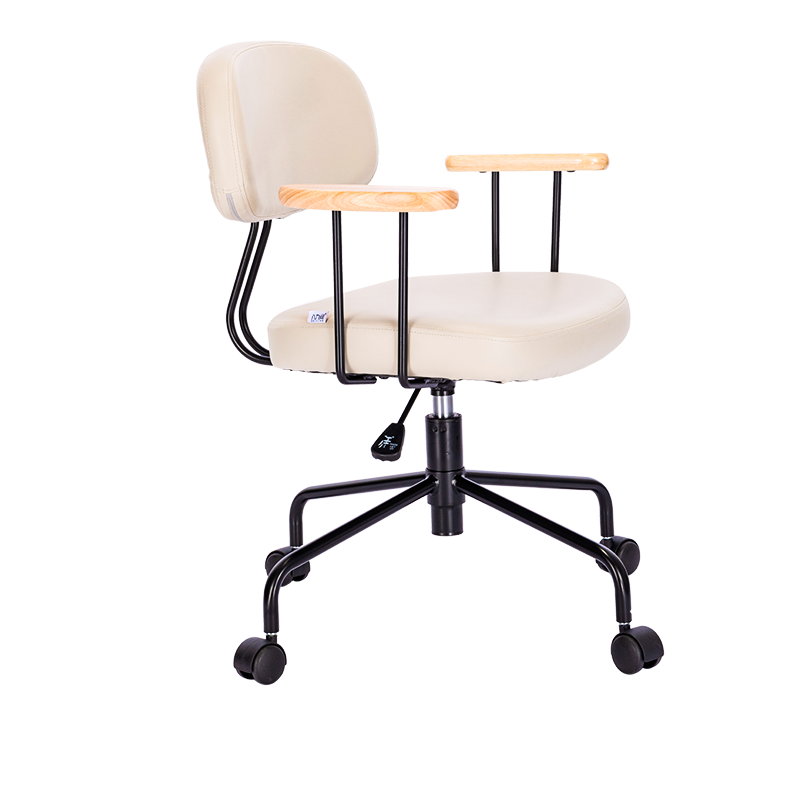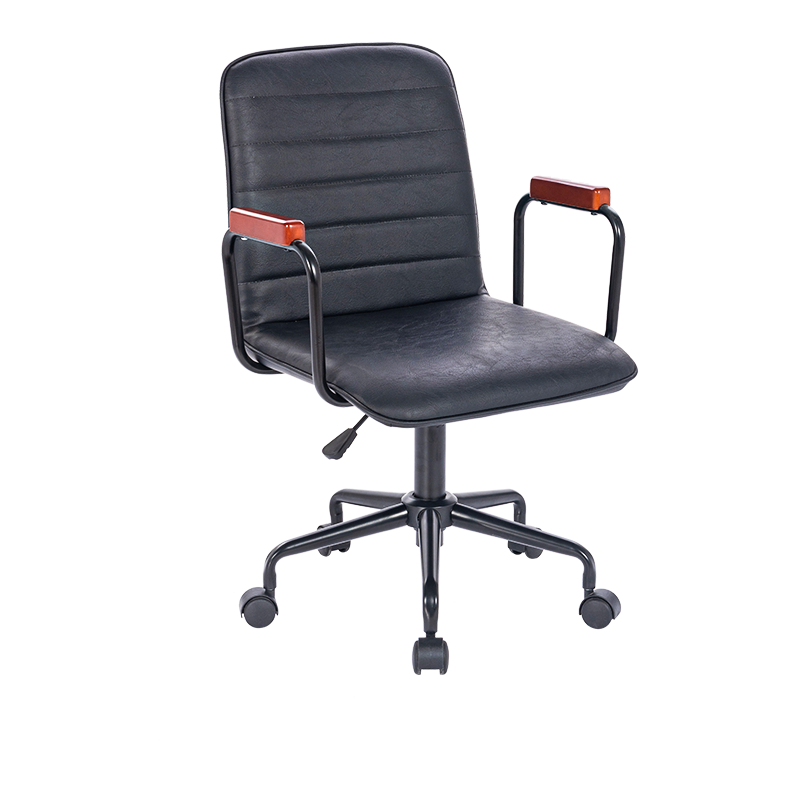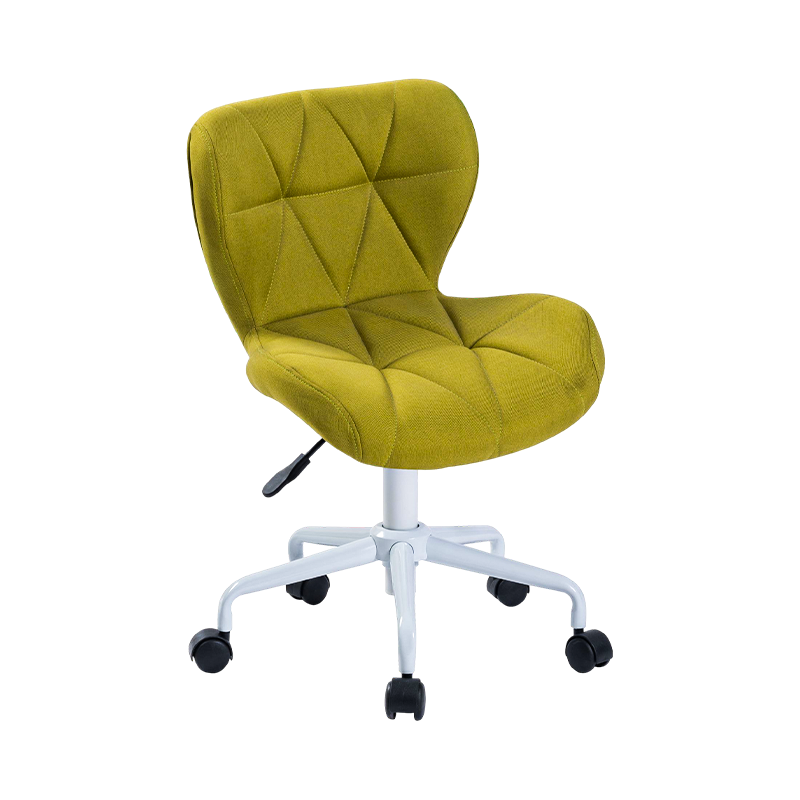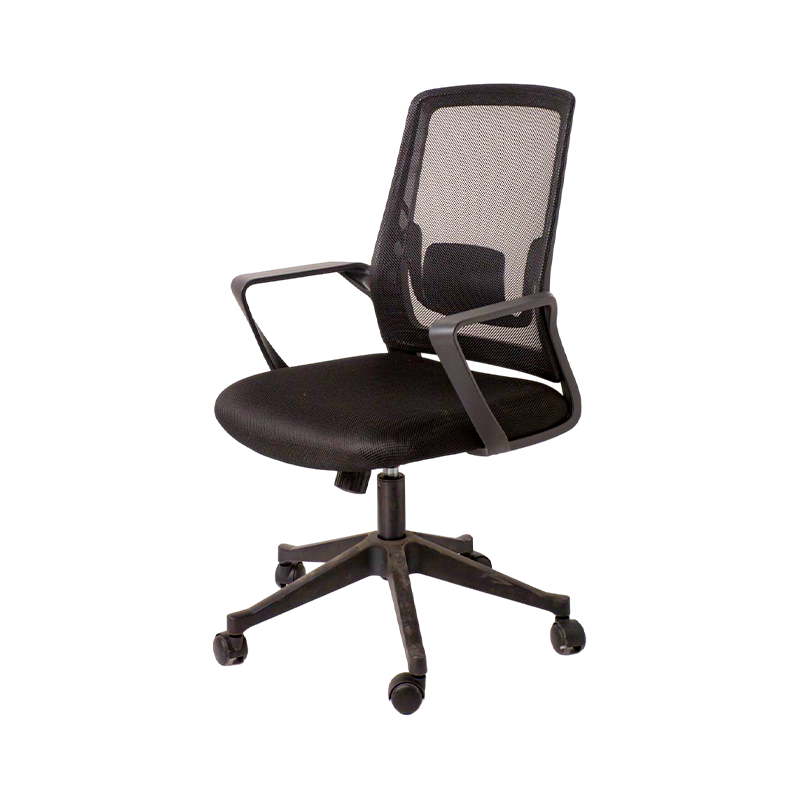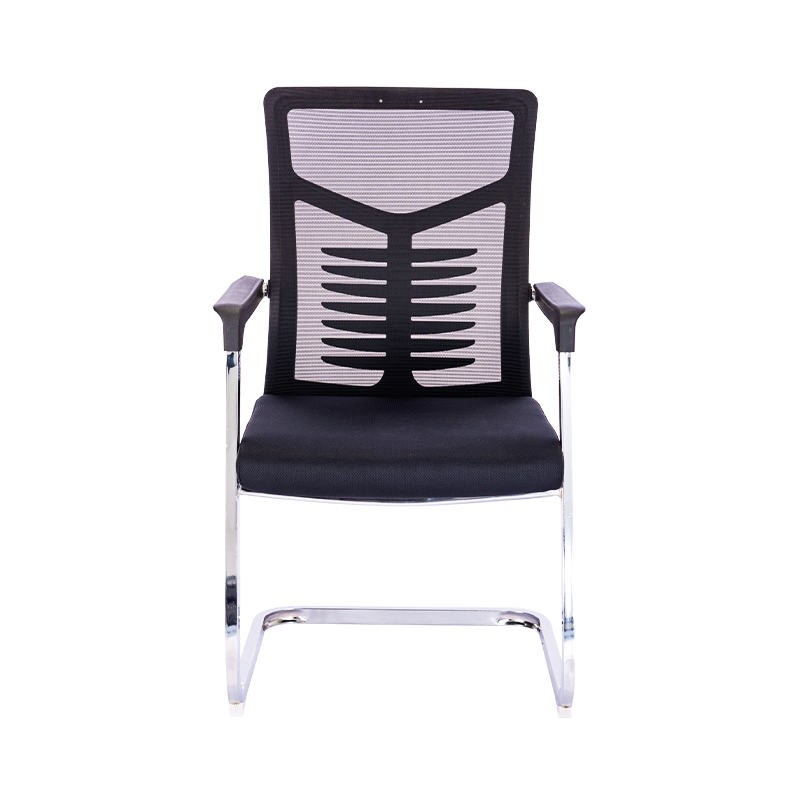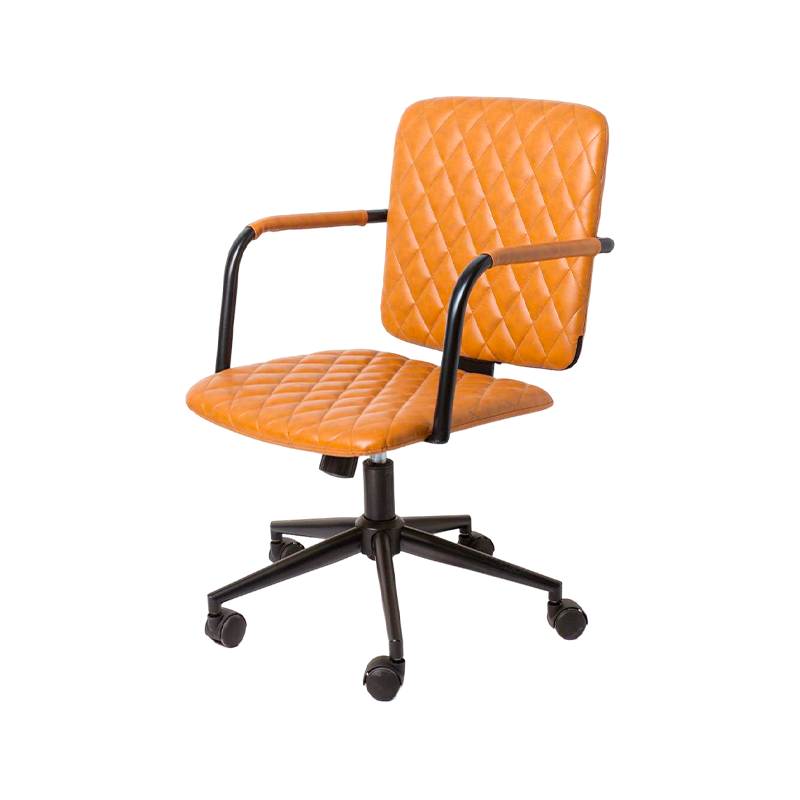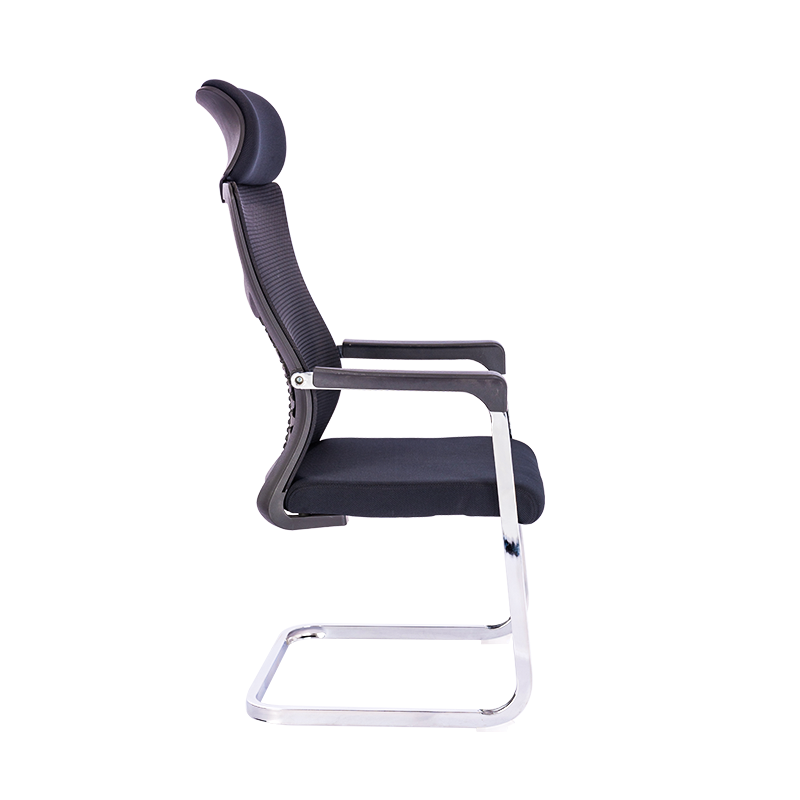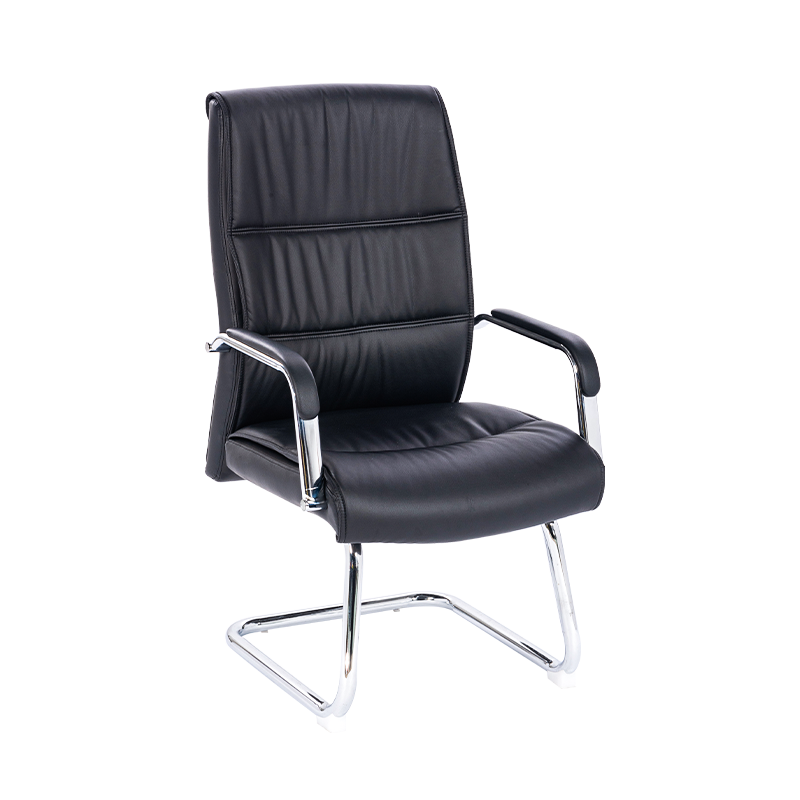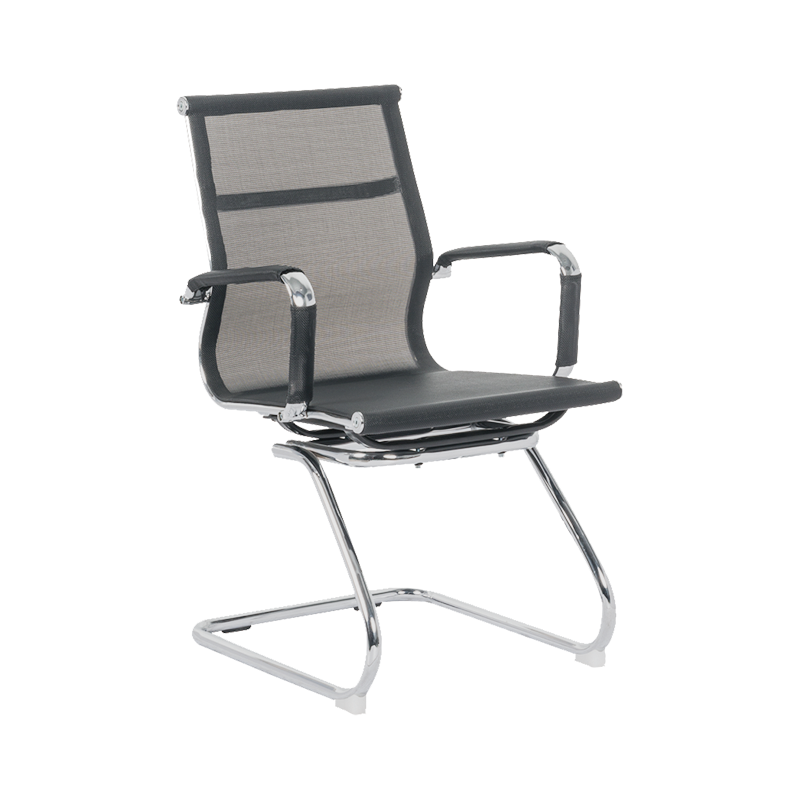While the skeletal structure of an ergonomic office chair can be made from many different materials, most manufacturers use steel as the base. This is due to its strength and durability, as well as the fact that it is relatively inexpensive. Other common materials include wood, aluminum and plastic. Some manufacturers even offer models that have armrests, bases and casters built of stainless steel.
After World War II, ergonomic research took on a new importance, and the modern office chair was born. The sleek designs of Charles and Ray Eames reflected this, as did the aluminum Group Chair that was designed for Olivetti. These chairs incorporated a swiveling seat and casters, which allowed clerical workers to remain sitting while accessing multiple locations within their office. While the wheels of these models could damage some flooring, they enabled a worker to swivel and move easily between different desks or workstations without having to stand.
Once the skeleton frame is finished, a worker builds the seat base. This starts by welding bent 14-gauge steel tubing into a frame. Then they clip sinuous springs along the frame to provide flexible support for the seat and back. They also add a chipboard panel, which is encased with foam and covered in the chosen upholstery fabric. A worker also builds the back frame, which includes lumbar support and armrests. The final step is to combine the back and seat frames.
Sitting for long periods of time in a poorly positioned chair can cause back and neck problems. This is why it’s important to choose a comfortable and supportive office chair. This is especially true for people who work from home and need to spend a lot of time at their computers. A quality computer chair can help you stay productive and reduce pain in your lower back and neck.
When choosing an ergonomic chair, you need to consider how much you will be using it and what you will be doing in it. For example, if you have to sit for extended periods of time, it’s best to select one that offers a headrest or lumbar support. You should also make sure that the armrests are padded and the chair is tall enough to accommodate your height.
In addition to the features described above, the best ergonomic office chair should have adjustable armrests, a reclining seatback and a responsive tension control system. The last feature is especially important because many office chairs have tension control systems that don’t do much or require you to crank the lever for 20 or 30 times in order to feel a difference.
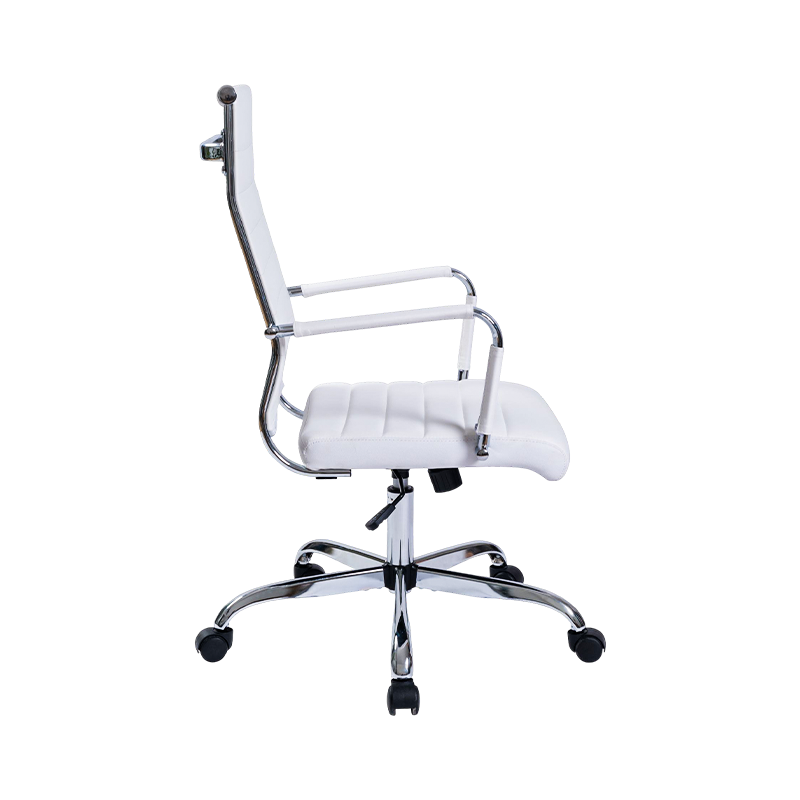



 Español
Español